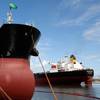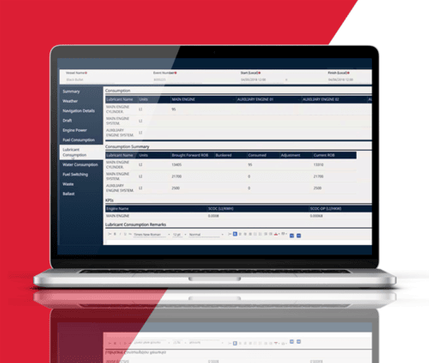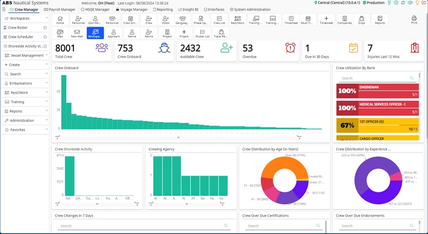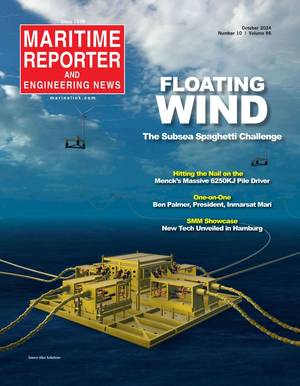Drewry Shipping Predicts Tanker Doldrums
Rising oil prices will not help the tanker sector, according to the latest Tanker Forecaster from Drewry Shipping Consultants. “The economic turbulence and the subsequent impact on oil prices have dealt a double blow for this sector,” said the editor of the quarterly report, Parul Bhambri. “Oil demand has fallen for a fifth consecutive quarter. Job losses and mounting credit woes mean that people are travelling less and trying to cut their energy bills. And while low oil prices have failed to stimulate significant extra demand, they have persuaded oil companies to delay projects, while a few have scrapped expansion projects altogether.”
According to the International Energy Agency (IEA April 09), upstream investments in the oil industry could be reduced by 15-20% in 2009, which would lead mature field output to decline by a sharper 9.4%. So in addition to deferred expansion plans, current output would also decline at a higher rate than previously envisaged. This could spell trouble for the global economy when demand picks up again.
OPEC is nervous about cutting output again because there is the potential to push oil prices above $100 and towards $150/bbl, killing global economic recovery.
“So it is easier to understand why we have taken a pessimistic stance on tanker freight markets through 2010 and until mid-2011,” said Bhambri. However, there are reasons to be less pessimistic in the medium term, she believes. “While the supply-and-demand equation points to an even larger gap in 2012, we do believe that the tanker market will gradually fall into line with the cyclical trend and rates could be bolstered as sentiments become firmer. Also, a protracted weakness through 2009 and 2010 could persuade owners of single-hull vessels to scrap rather than put them through special survey, despite exemptions granted by a number of Asian countries.”
Lower volumes of oil for transport and deferred refinery expansion plans will also delay the growth in tanker tonne-mile demand. In other words, the very basis for the spurt in tanker ordering over the last few quarters is going to be challenged with limited employment options for the new tankers that will be delivered over the next two or three years. According to the Drewry report, owners ordered 114 VLCCs in 2008, at an average annual price of $153m. These vessels will need to earn $67,500/day for 25 years to give the 10% return on investment that constitutes normal profit. And if tightening safety regulations mandate scrapping after 20 years, that breakeven figure rises to $75,000/day. In March, average VLCC earnings were $29,233/day.
In line with the latest growth projections by the IMF, the IEA has revised global oil demand for 2009 down by a whopping 1.0 million bpd from its earlier estimate to 83.4 million bpd (down 2.4 million bpd y-o-y). Lower-than-expected economic projections for the OECD will pull down oil demand to as low as 45.2 million bpd (down 2.4 million bpd on yearly basis). However, oil demand from the non-OECD region is estimated to average around 38.3 million bpd, remaining roughly flat with respect to 2008. World consumption should remain subdued largely in view of weak economic activity, with non-OECD now expected to follow the footsteps of OECD nations as they feel the pinch of slowdown.
Plummeting vehicle-miles travelled, decreasing refinery runs and weakening utility demand have marred OECD demand. In spite of colder weather in the Northern Hemisphere, falling natural gas prices limited any significant recovery in crude demand. While current supply cuts from OPEC members will start to clear onshore stocks sometime in the near future, significantly large volumes of offshore stores can discourage any meaningful rise in demand. At the same time, deferred as well as cancelled projects could delay arrival of new barrels in the market, which could fuel a grave demand-supply imbalance in the longer term.
Drewry expects the tanker fleet to grow modestly in 2Q-3Q09, as rising demolitions partially offset deliveries. But for the rest of 2009 and 2010, the average quarterly growth rate is projected to return to a level of about 2% on the back of surging new deliveries. The tanker fleet is anticipated to expand at the fastest pace through 2010-11, rising by an average 8.6% a year in that period. Thereafter, the annual growth is expected to fall back to around 3% in 2012, because Drewry expects the freight markets to be so weak through 2009-10 that few owners would order tonnage for 2012 delivery. In 2014, the fleet size is expected to remain largely unchanged with deliveries seemingly balanced by an increased outflow of tonnage for scrapping as the final Marpol deadline (in 2015) approaches.
(www.drewry.co.uk)













